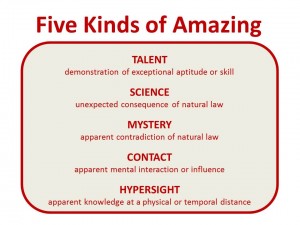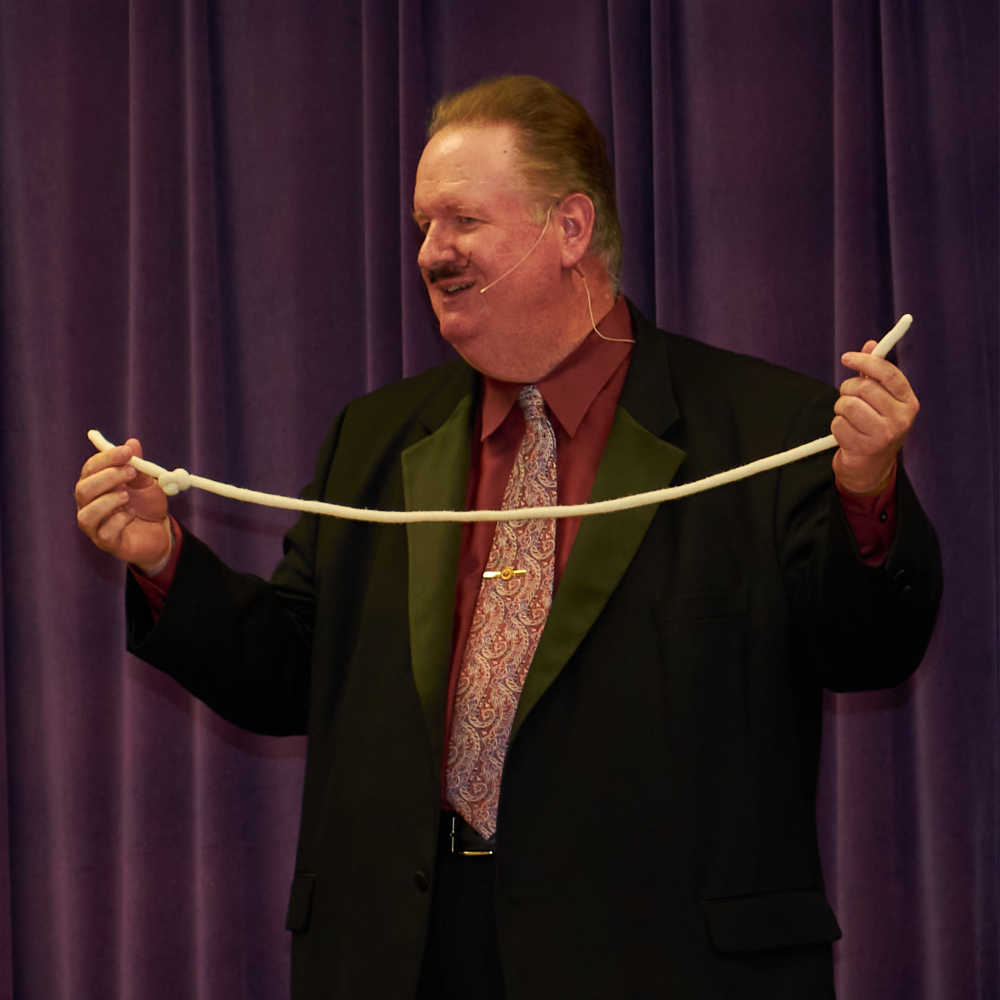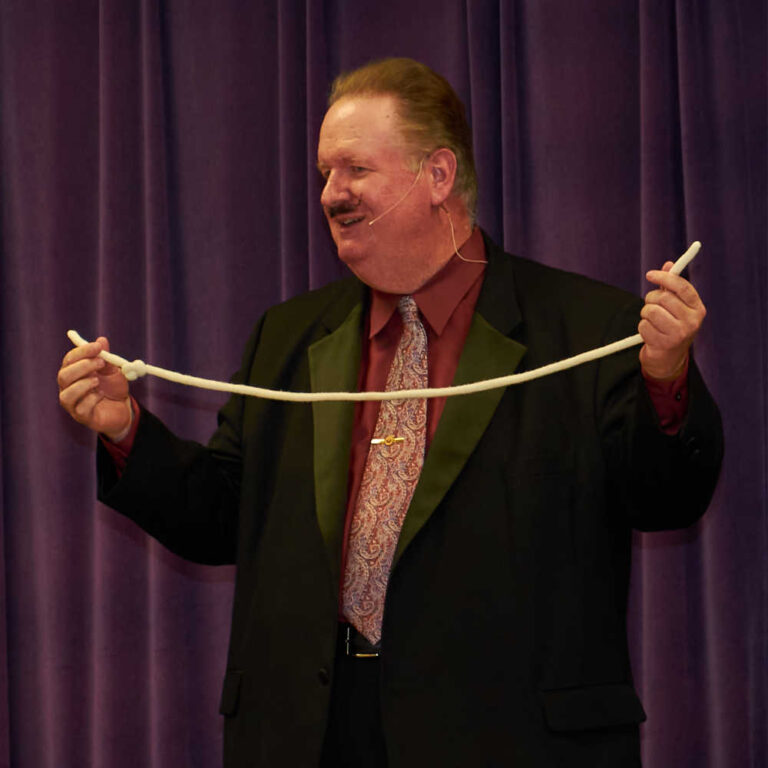Five Kinds of Amazing – The Framework
“Five Kinds of Amazing” is a useful model for understanding, evaluating, and increasing audience engagement, typically as it relates to retail or corporate brands and their associated audiences. It has relevance not just for marketing professionals and brand managers, but also for event producers, team or organization leaders, and even individuals. If you make decisions that ultimately have an audience that you’d like to influence and amaze, then this concept can be useful for you.
If you’ve heard me speak in the past year, you’ve probably heard me give a version of this presentation. In the next few weeks, I’ll be giving you a thumbnail sketch of each of the concepts. I’m also openly asking for your stories and contributions, as they will be part of the accompanying book that I’m currently writing.
For today, though, I’d like to give you a brief overview of the model. This is a map for where this blog will go in the next few weeks.
“Five Kinds of Amazing” begins with an analysis of the theatrical magical experience. Magicians and mentalists perform a wide range of entertaining illusions, from making things appear or disappear to apparent feats of mindreading. These experiences share the characteristic of being “impossible,” but they are different in terms of effect; that is, they are different in the characteristics of what rules are being broken or what normal constraints are being overcome.

- Talent – Relating to the overt demonstration of exceptional or highly-developed skill. Feats of amazing dexterity fall into this category, along with demonstrations of juggling or complicated magical flourishes. Outside of magic, many other fields fall into this category including performing arts, sports, and many crafts.
- Science – Relating to an unexpected consequence of a natural law. Some magic tricks work because natural physical laws sometimes lead to unusual results. Creators such as Martin Gardner and Stewart James are well known to magicians for their insights that fall into this category. Optical illusions, science demonstrations, and unusual natural events such as eclipses would also fall here.
- Mystery – Relating to the apparent contradiction of a natural law. Most traditional magic falls here – people are cut in half and put back together, or birds appear from nowhere. Even a signed card vanishing and reappearing in a wallet fits here. This is an enormous category but the characteristic of all the effects is that physics is being visibly contradicted.
- Contact – Relating to apparent mental interaction or influence. Mentalism consists in large part of the apparent ability to read minds. This category involves all apparent thought-reading or thought-sharing, including tricks relating to contacting spirits. Essentially, if there are two minds involved then the effect belongs in this category.
- Hypersight – Relating to apparent knowledge at a distance, either physically or temporally. I’ve used an unusual term to describe a combination of clairvoyant effects (i.e., seeing something at a great physical distance) and precognition effects (i.e., seeing something that happens in the future). This category includes effects that involve a single mind – a “receiver” only, not a “sender” – and a separation of either distance or time.
As we explore these concepts, I’ll explain how each of these concepts can be applied to the decisions you make relating to your own brand and your own audience.
Stay tuned!






